
Amelia Earhart, the American aviator who broke barriers as the first woman to fly solo across the Atlantic Ocean, vanished 80 years ago Sunday during an ambitious and historic attempt to circle the globe.
With nearly two-thirds of the perilous trip already completed, the pioneering pilot disappeared somewhere over the Pacific Ocean on July 2, 1937, after her plane fell low on fuel. To this day, her fate remains a mystery and has long been the subject of widespread international intrigue.
As the search for the famed trailblazer enters its eighth decade, here’s a look at Amelia Earhart’s life and what to know about her legacy:
Who was Amelia Earhart?
Amelia Earhart was a pilot from Kansas who shattered the glass ceiling in the aviation industry in the early 1930s and set several records before her life was cut short. Earhart was born in Atchison, Kans., on July 24, 1897. In 1932, she became the first woman to fly alone across the Atlantic. A few years later, she became the first to complete the first solo flight from Hawaii to California.
Earhart was also an outspoken advocate for women and helped found the Ninety-Nines, a group dedicated to advancing female aviators, according to the Amelia Earhart Birthplace Museum. She knew of the dangers that came with flying but pursued her passion to inspire other women, according to a letter she wrote to her husband.
“Please know I am quite aware of the hazards,” she wrote, according to her official website run by her family. “I want to do it because I want to do it. Women must try to do things as men have tried. When they fail, their failure must be but a challenge to others.”
Former U.S. Sen. Hattie Caraway, of Arkansas, memorialized Earhart as an iconic role model and one of the “most notable women of the past hundred years” during a speech she gave before the Senate in May 1938. “She was a woman who symbolized to a remarkable degree the courage, the pioneering spirit and the broad achievements of American womanhood,” Caraway said of the pilot.
What happened to her?
Earhart and navigator Fred Noonan embarked on what they hoped would be the first around-the-world flight in early June 1937, nearing what would have been Earhart’s 40th birthday. The pair had traveled more than 22,000 miles before running into trouble on July 2. Earhart had sent out a distress call after the plane’s fuel ran low, the Atchison Daily Globe reported at the time. Rescuers combed through the skies and sea for about two weeks, but the two fliers were never found. Earhart was officially declared dead in January 1939.
Where is she?
Earhart’s exact final location has long stumped aviation historians and explorers alike. Earhart and Noonan were headed to Howland Island from Lae, New Guinea — with only 7,000 miles on their journey left to go. A group of explorers believe Earhart’s remains may be in Nikumaroro, an island near Fiji.
What’s the latest update in the search?
The International Group for Historic Aircraft Recovery last week sent a team of specially trained dogs to Nikumaroro, hoping the forensic hounds would be able to detect Earhart’s remains. “No other technology is more sophisticated than the dogs,” archaeologist Fred Hiebert told National Geographic. “They have a higher rate of success identifying things than ground-penetrating radar.” The team was set to arrive on the island Wednesday.
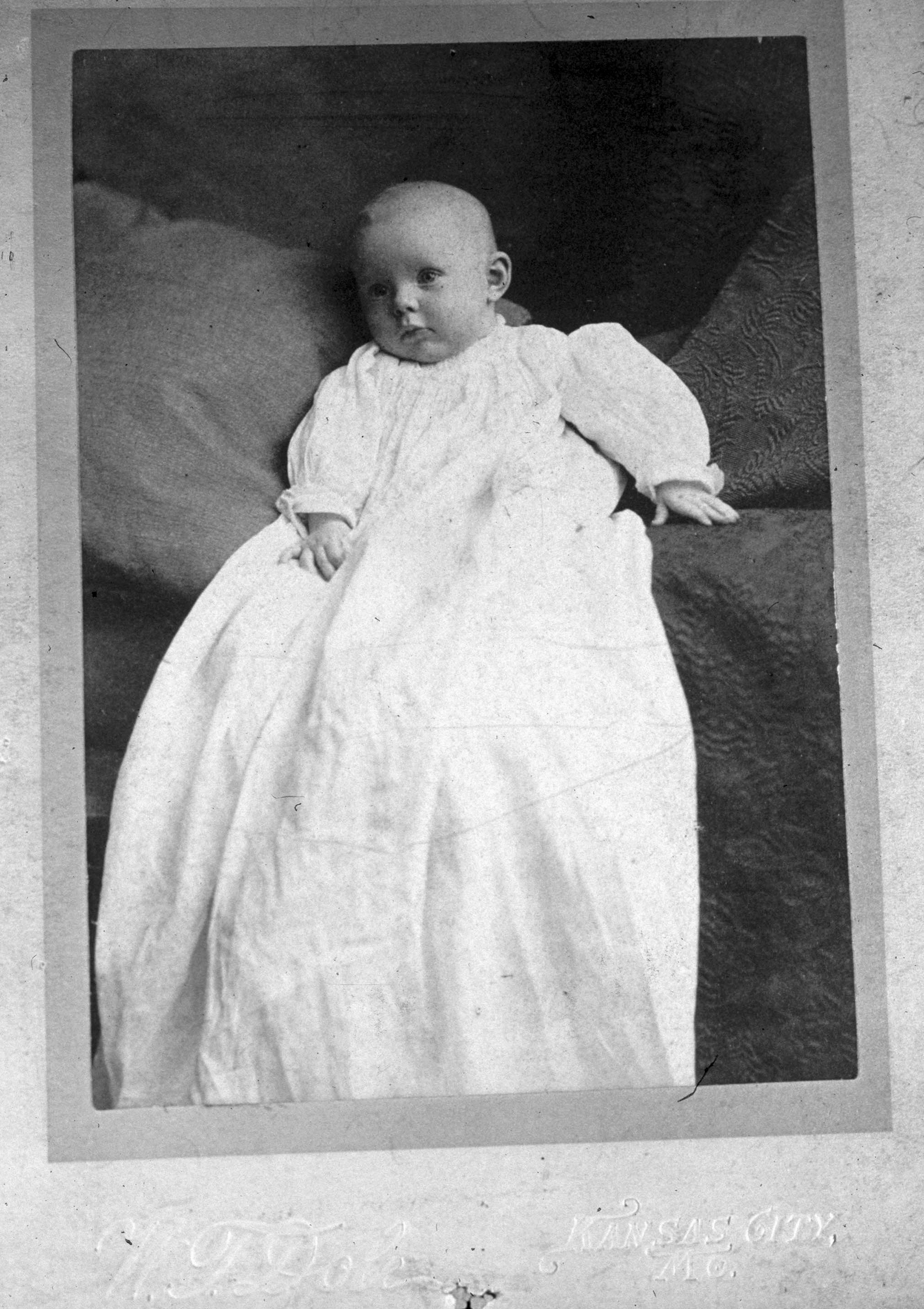
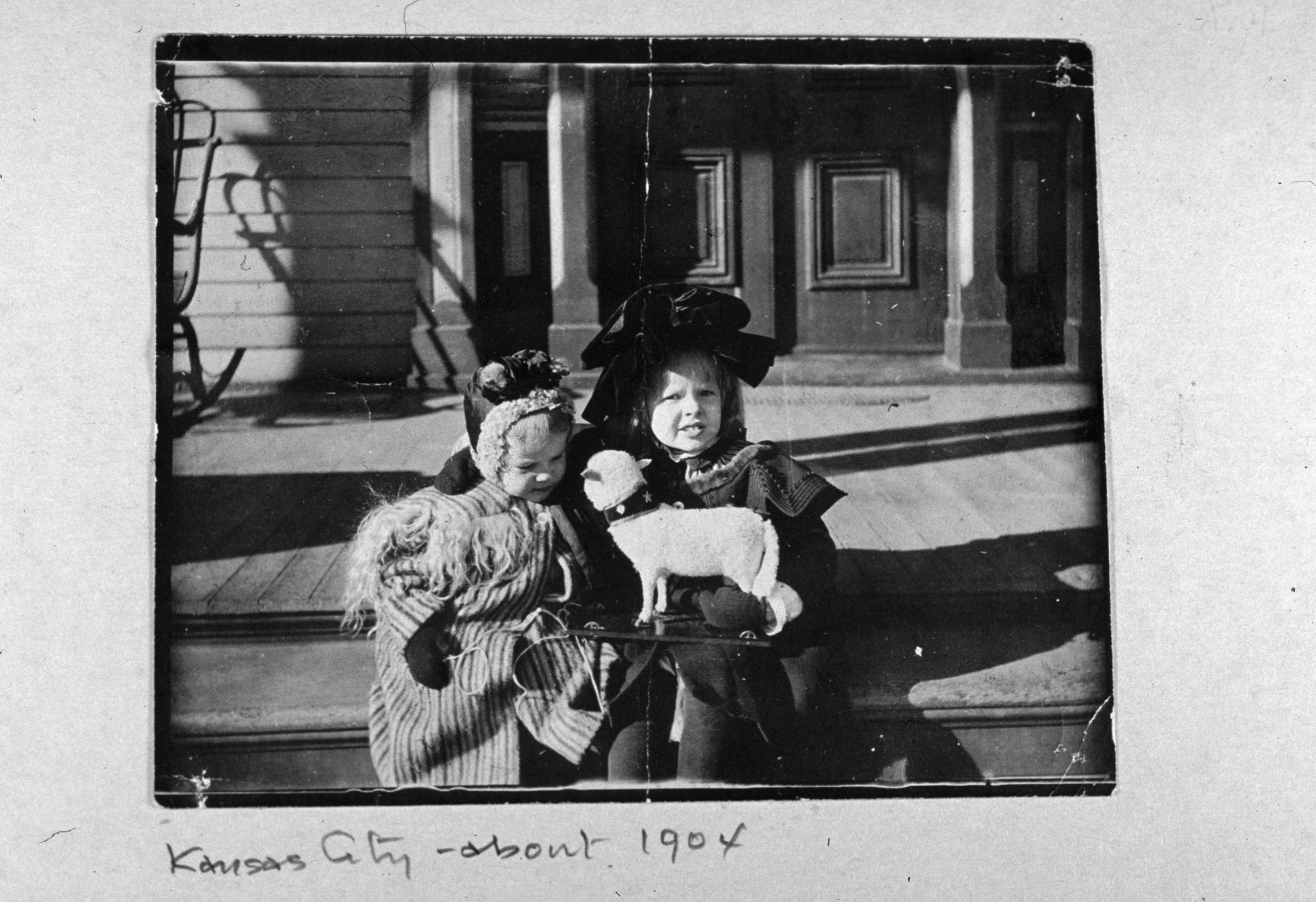

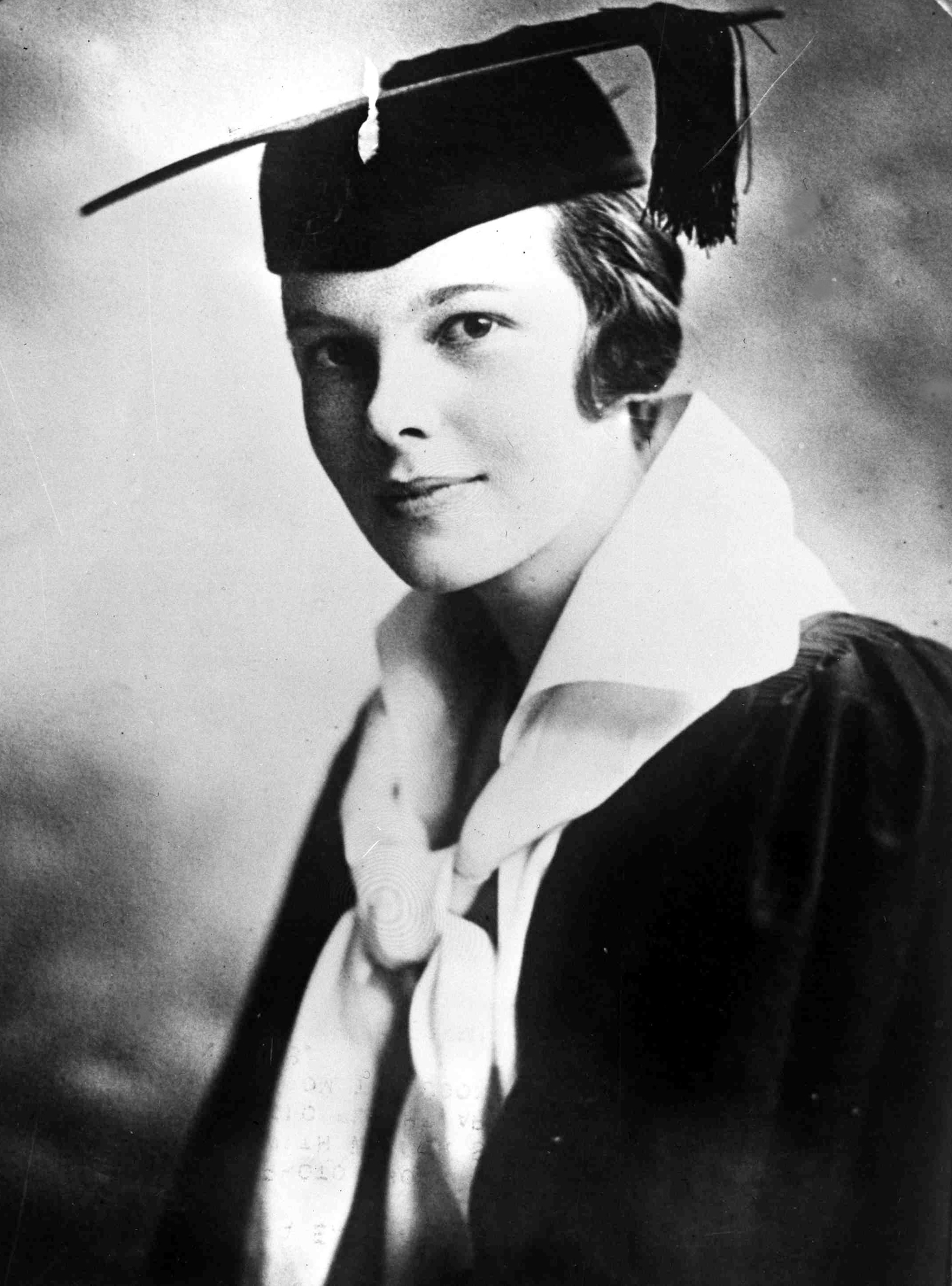
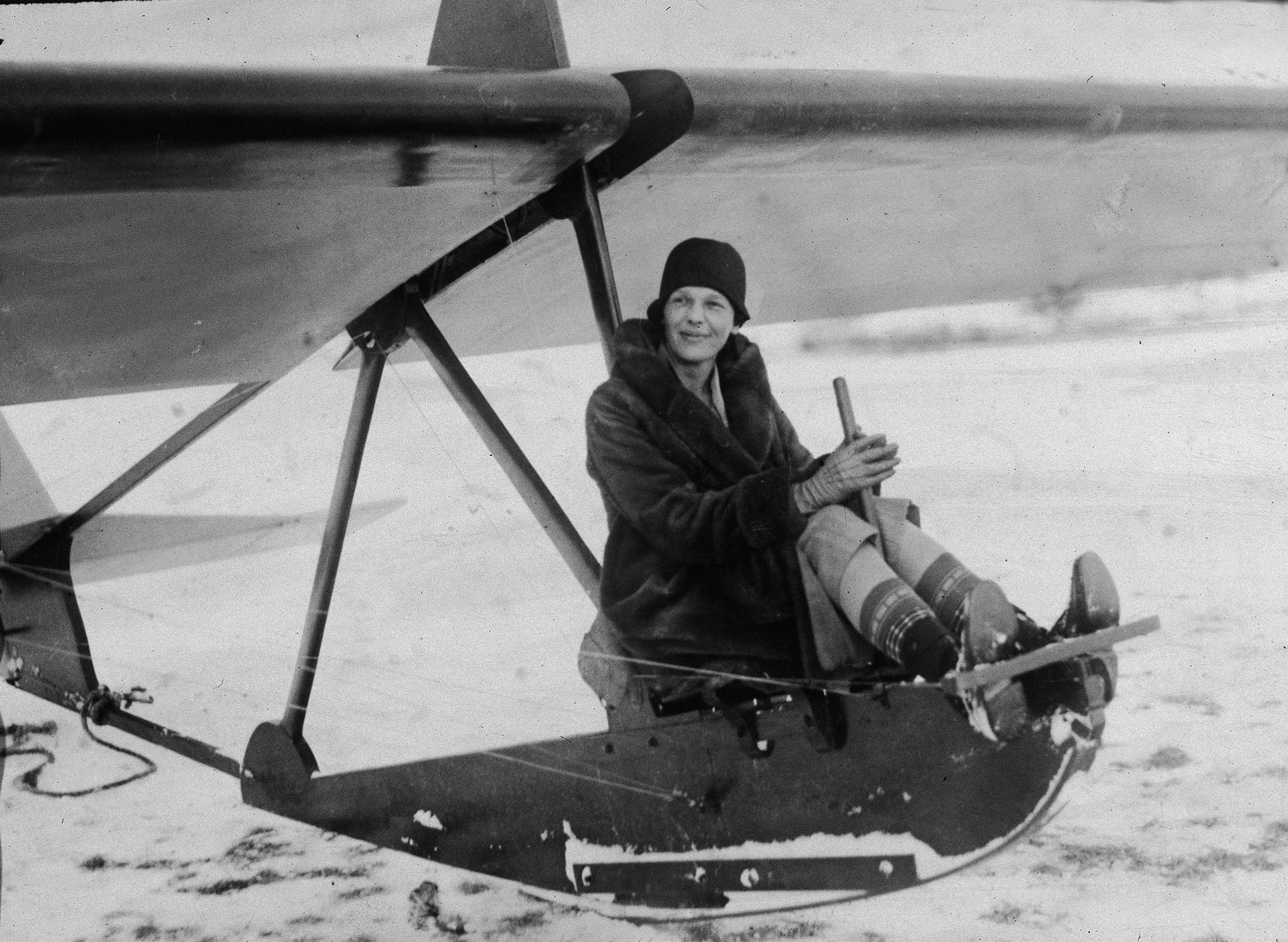

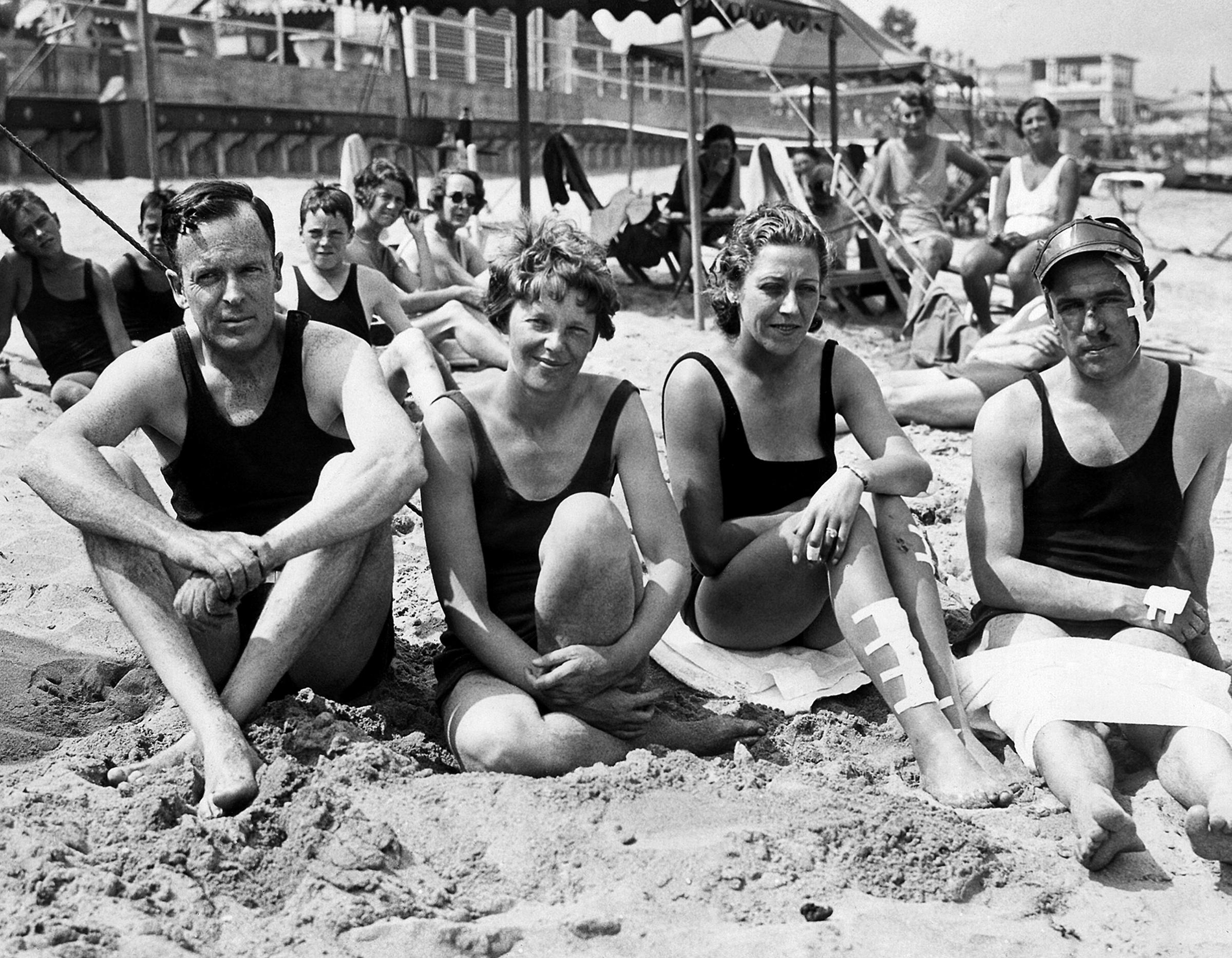
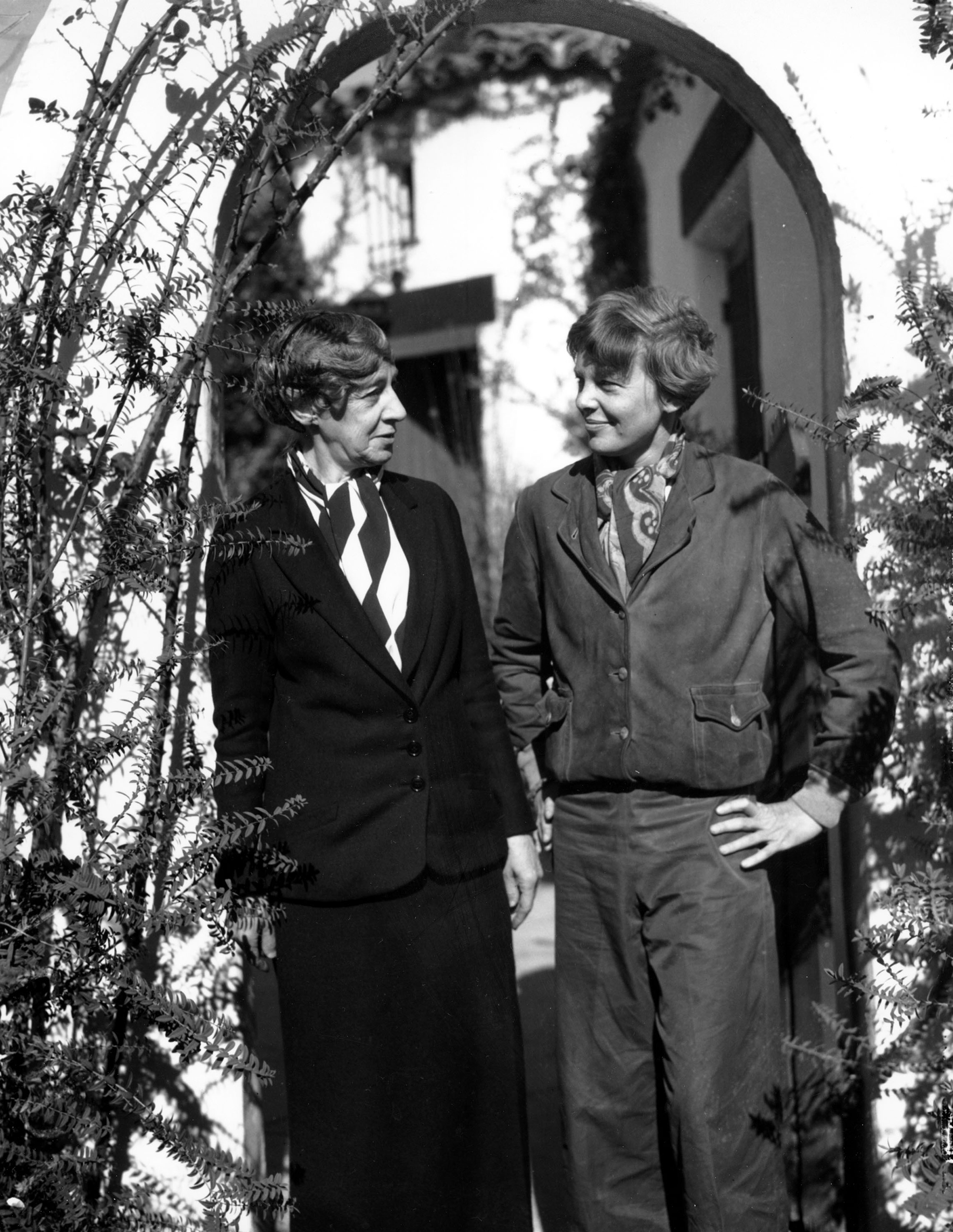
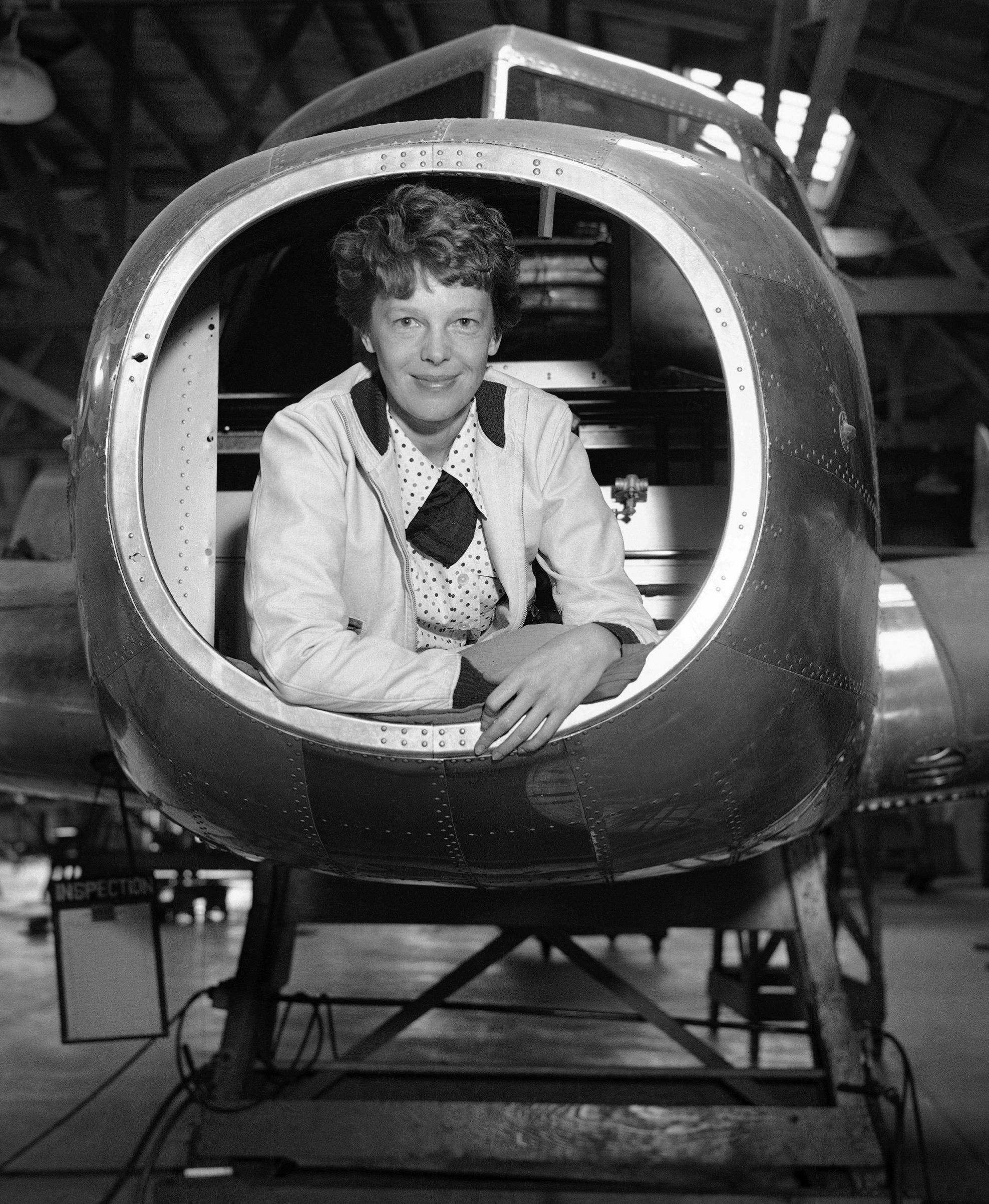

More Must-Reads from TIME
- Cybersecurity Experts Are Sounding the Alarm on DOGE
- Meet the 2025 Women of the Year
- The Harsh Truth About Disability Inclusion
- Why Do More Young Adults Have Cancer?
- Colman Domingo Leads With Radical Love
- How to Get Better at Doing Things Alone
- Michelle Zauner Stares Down the Darkness
Contact us at letters@time.com